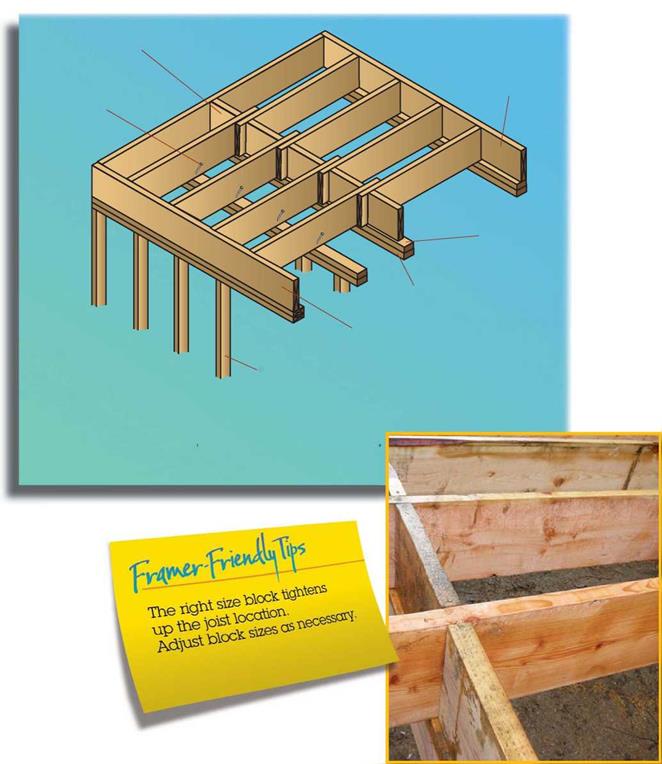On the steppes of central Asia: Irrigation in Bactria and Margiana before the arrival of Alexander the Great
Bactria, to the east of the Zagros mountains and the Iranian plateau, is connected to the Syro-Mesopotamian world through a continuous thread of ancient exchanges, and thus it also must be mentioned in this chapter. Bactria was a land of plenty and fertile valleys as noted by Strabo:
“Man has only to take the trouble to irrigate, and all crops grown abundantly with the excep – 53
tion of the olive tree”.
In Chapter 1 we mentioned the appearance of the Bactria-Margiana civilization, or the Oxus civilization, for which the mastery of irrigation is a fundamental pillar. It is doubtful that Bactria ever really fell under the Assyrian yoke, as is suggested in certain ancient sources...
read more






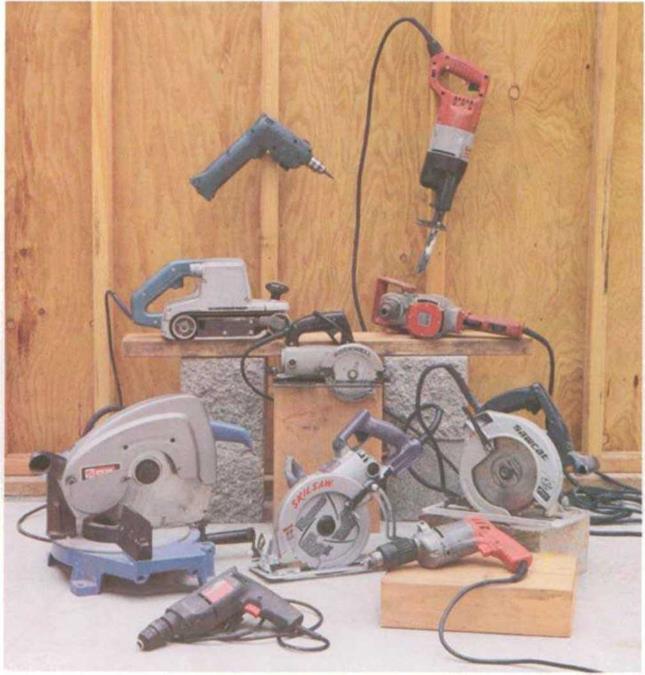
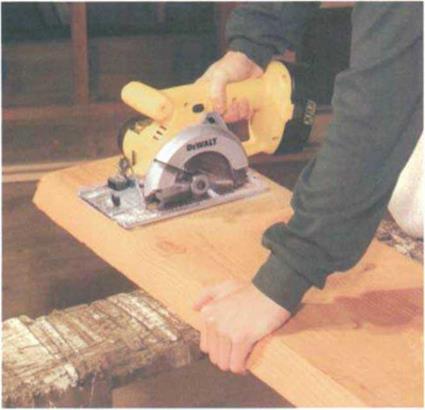
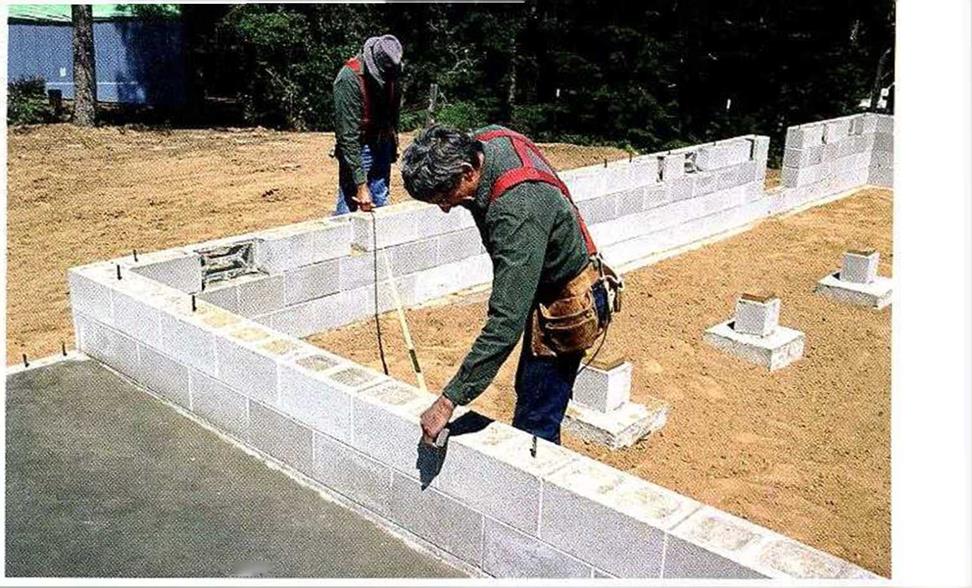


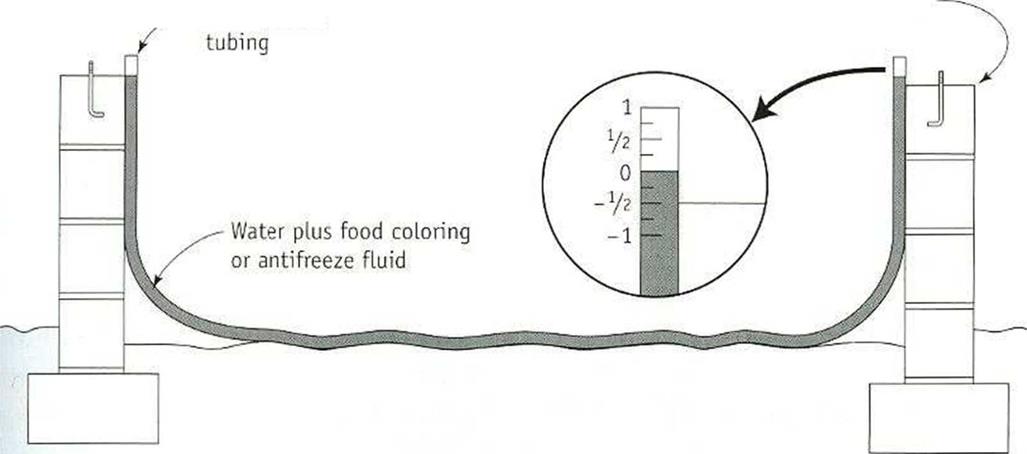

 One 16d nail per joist
One 16d nail per joist
